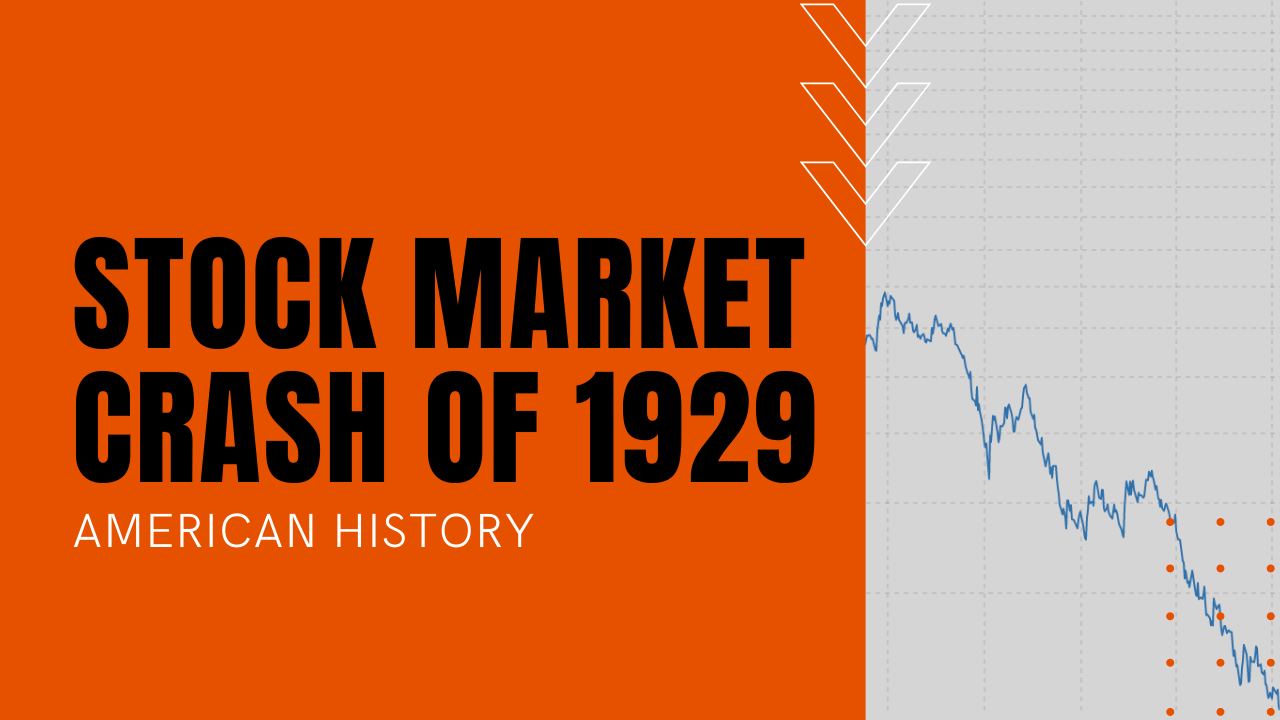Stock Market Crash of 1929

During the Roaring Twenties, overconfidence in the U.S. economy and the stock market saw the Dow Jones Industrial Average shoot up to an all-time high on September 3, 1929, topping out at 381 points.
To further set the stage for disaster, ordinary citizens with little financial acumen borrowed money from their stockbrokers by putting down as little as 10% of the share price, which artificially drove up stock values almost 20% annually from 1922 until the Great Crash.
The perfect storm worsened in August 1929, just weeks before the disaster, when the Federal Reserve Bank of NY raised interest rates from 5% to 6%. Some economists believe this steep and quite sudden hike in interest rates cooled investor enthusiasm, which affected market stability and sharply reduced the economic expansion trends of the 1920s.
Still considered the worst economic disaster in world history, the great stock market crash of 1929 began on Thursday, October 24th, when skittish investors began selling off 12.9 million shares of corporate equities.
Black Monday
On October 28th, known as Black Monday, the Dow plunged 13%, followed by an additional 12% drop on Black Tuesday. The crash wiped out fortunes both great and small in one fell swoop, setting the stage for the Great Depression of the 1930s.
Although the number of crash-inspired suicides has been exaggerated, to some, a quick death seemed like the only way out. People who had worked 30 and 40 years on Wall Street lost everything in a period of days. For example, a Wall Street worker wrote in a letter after the crash:
“conditions down in the financial neighborhood have been such that they keep us working. Yesterday a woman jumped from the roof of our building, 44 floors, right past our window. I saw her body lying in the street, and the sight was so harrowing that I became half sick.”
Run on Banks
The Wall Street crash soon rippled out across the nation, undermining American’s faith in their fragile banking system, which at the time was made up of thousands of small-town banks that lacked the size and reputation to convince Americans that their money was safe.
Ordinary citizens rushed to withdraw their money from these banks, soon discovering that their money had been lost on Wall Street. As confidence in the American economy eroded, by 1931 over 2,000 banks had failed.
What little money Americans had left went into their mattresses instead of banks, while mass corporate bankruptcies soon followed the banks, since businessmen could no longer procure the necessary credit that had fueled their cash flow needs during the boom years of the Twenties.
High unemployment and hard times were to follow throughout most of the 1930s, not to be fully shaken off until America’s entry into World War Two.
